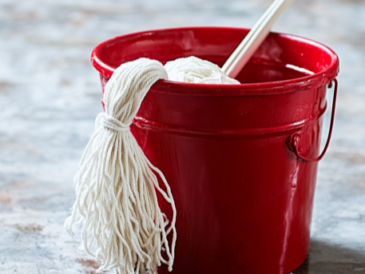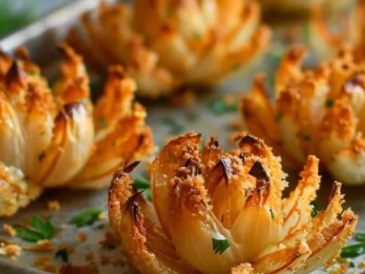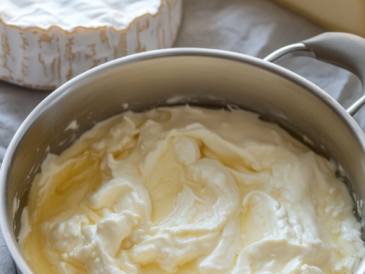Growing herbs in water is an ideal solution for gardeners with limited space or those looking to maintain a fresh supply of herbs year-round without the need for soil. This method is low-maintenance, eco-friendly, and allows you to have a mini herb garden right in your kitchen. Here are seven herbs that thrive in water and tips on how to grow them successfully.
1. Basil: The Aromatic Kitchen Favorite
Basil is one of the easiest herbs to propagate in water, and its vibrant, fragrant leaves make it a staple in various dishes.
How to Grow:
- Take a cutting (4-6 inches long) from a healthy basil plant.
- Place the cutting in a glass of water, ensuring that no leaves are submerged to prevent rot.
- Change the water every 3-4 days.
- In 2-3 weeks, roots will appear. Once roots are about 2 inches long, you can transfer it to soil or continue growing it in water.
2. Mint: Refreshing and Resilient
Mint thrives in water and is perfect for adding flavor to teas, desserts, and beverages like mojitos.
How to Grow:
- Cut a sprig of mint from a healthy plant and remove the lower leaves.
- Place the stem in a jar of water, changing the water every 3-4 days.
- Within 1-2 weeks, roots will start to form. Mint grows well with indirect sunlight, making it an excellent herb for indoor spaces.
3. Oregano: The Flavorful Mediterranean Staple
Oregano is a tough herb that adapts well to water propagation, making it perfect for flavoring pizzas, soups, and pasta.
How to Grow:
- Take a 5-6 inch cutting from an existing oregano plant.
- Place the cutting in water on a sunny windowsill, and refresh the water every few days.
- Roots will appear in 2-3 weeks, after which you can transfer the oregano to a pot or leave it in water for continuous growth.
4. Thyme: The Resilient Herb with a Punch of Flavor
Thyme, commonly used for seasoning meats and soups, is another herb that flourishes in water.
How to Grow:
- Snip off a fresh thyme cutting (about 3-4 inches long) from a plant.
- Place the cutting in a container of water, changing it every few days.
- Thyme will start growing roots in 2-4 weeks, after which it can be kept in water or potted.
5. Rosemary: Fragrant and Flavorful
Rosemary takes a bit longer to root, but its earthy flavor and versatility in the kitchen make it worth the wait.
How to Grow:
- Cut a 6-8 inch stem from a mature rosemary plant and strip the lower leaves.
- Place the stem in a glass of water and position it in a sunny spot.
- It may take up to 6-8 weeks for roots to form, but once established, rosemary can be grown in water indefinitely.
6. Sage: The Hearty Herb for Savory Dishes
Sage is a robust herb often used in fall and winter recipes, and it adapts well to water-based growing.
How to Grow:
- Take a 4-5 inch cutting from a sage plant and place it in a container of water.
- Keep it in an area with indirect sunlight and change the water every 3-4 days.
- Roots will begin to appear in about 3 weeks.
7. Lemon Balm: The Calming Herb with a Citrus Twist
Lemon balm, known for its calming properties, is perfect for teas and desserts, and grows easily in water.
How to Grow:
- Cut a 5-6 inch piece from a lemon balm plant, removing the lower leaves.
- Place the cutting in water and ensure it gets indirect sunlight.
- Change the water every few days, and roots will develop within 2-3 weeks.
Tips for Growing Herbs in Water
- Water Quality: Use filtered or rainwater, as tap water may contain chemicals that can harm the plants.
- Change Water Regularly: Refresh the water every 3-4 days to prevent algae growth and root rot.
- Lighting: Most herbs need 4-6 hours of indirect sunlight daily. If your space lacks natural light, consider using grow lights.
- Pruning: Regularly trim herbs to encourage healthy growth and prevent them from becoming leggy.
Conclusion
Growing herbs in water is a simple, eco-friendly way to maintain fresh herbs year-round, even in small spaces. Whether you’re looking to elevate your meals or just add greenery to your home, these seven herbs are perfect for water-based indoor gardening. With minimal effort, you’ll enjoy a continuous supply of flavorful herbs that are as decorative as they are practical.




